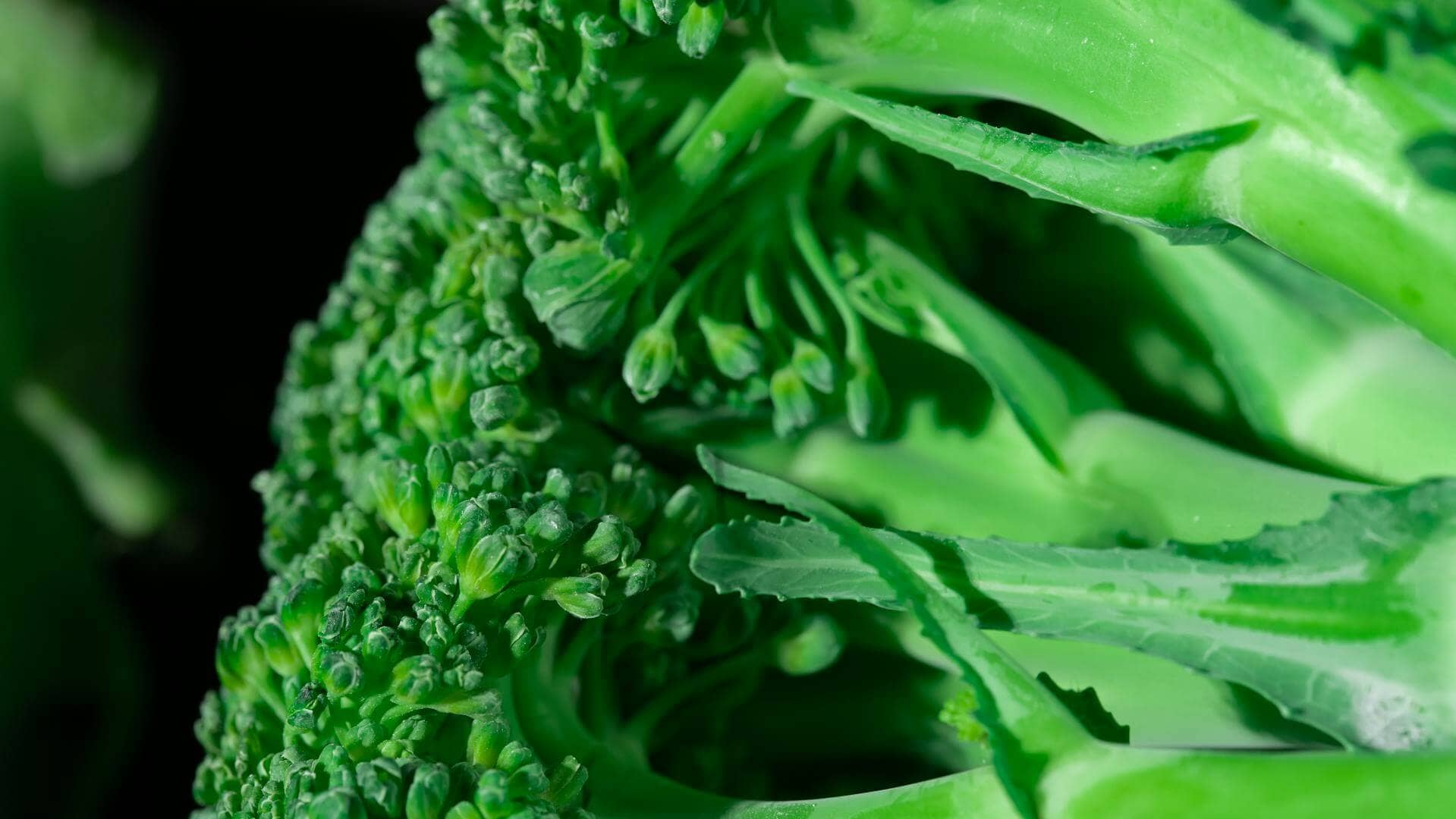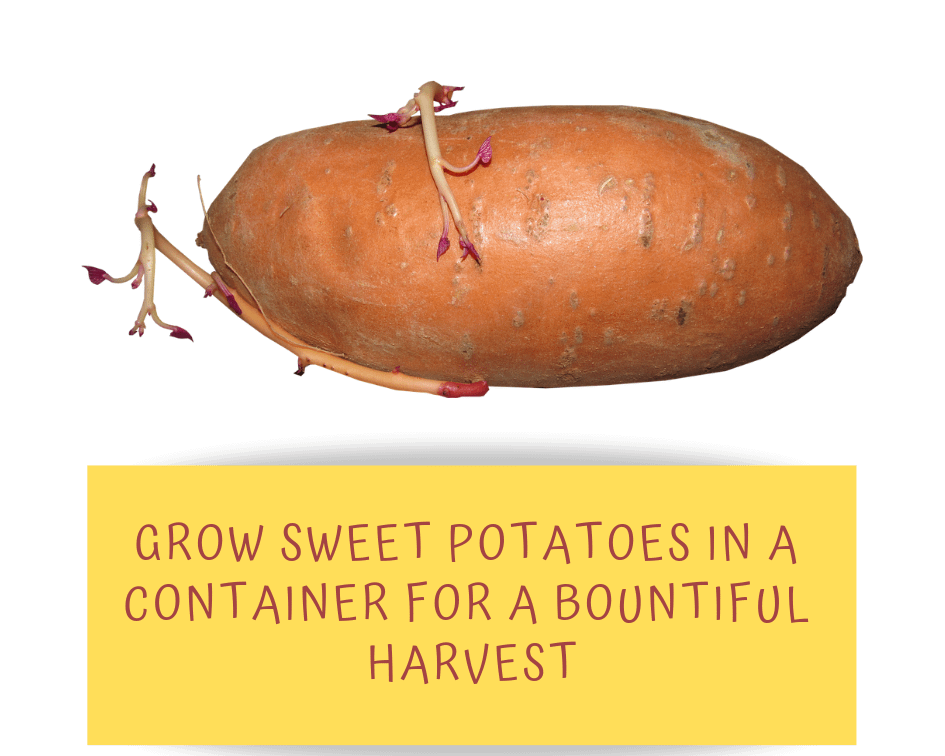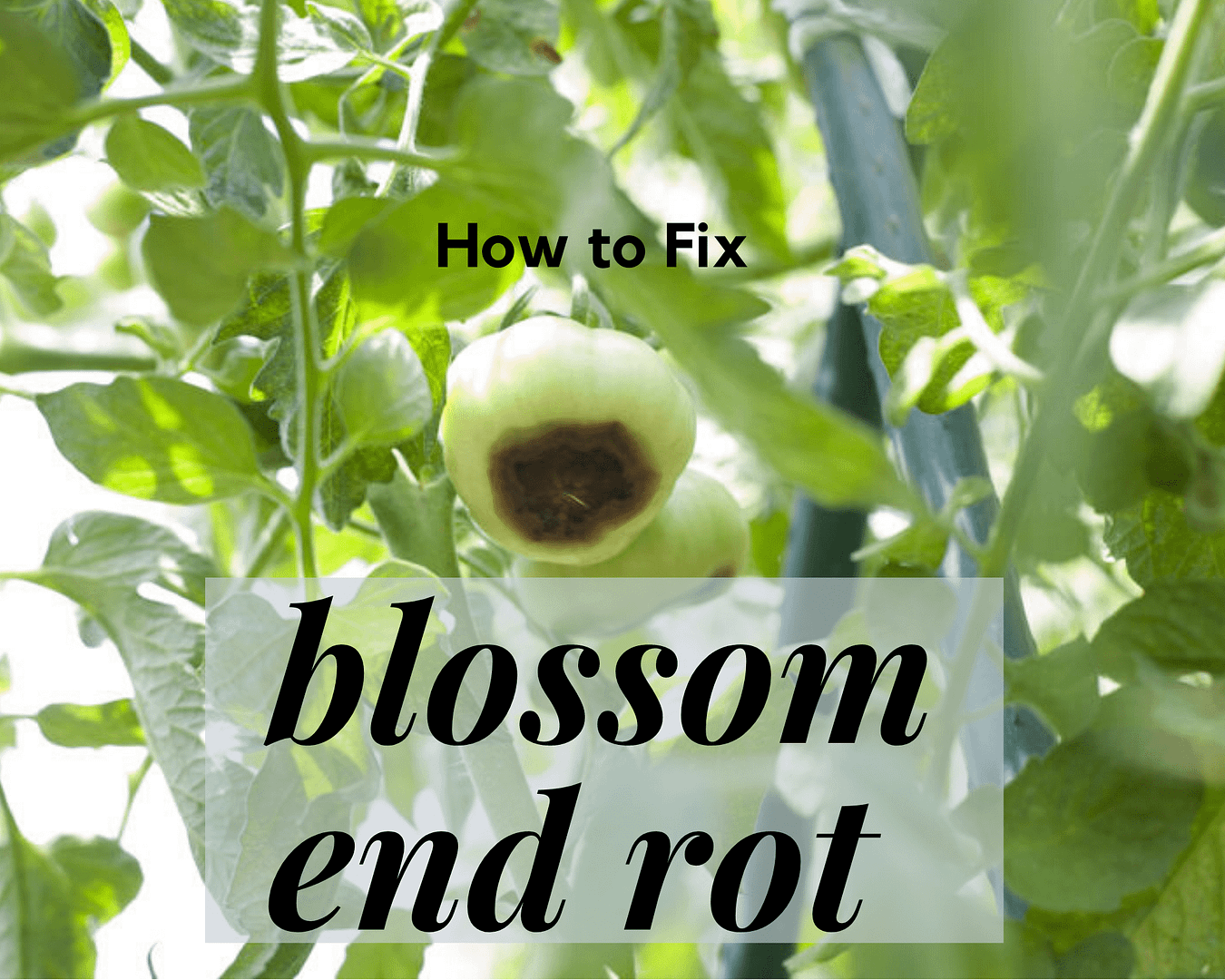This post may contain affiliate links. As an Amazon Associate we earn from qualifying purchases.
Your guide to growing broccoli.
Have you ever visited a restaurant that serves an amazing cream of broccoli soup? If so, imagine how much better it would be with homegrown broccoli.
The broccoli (Brassica oleracea var. italica) plant hails from the Mediterranean, specifically Italy, and has been cultivated for thousands of years.
Are you ready to learn how to grow this powerhouse of nutrition and yumminess?
Growing broccoli: How long does it take?
Broccoli takes about 80 to 100 days to mature from seed, depending on the variety and growing conditions. If you are starting with transplants, the time is shortened to around 55 to 85 days. As a biennial grown as an annual, broccoli completes its life cycle within a year, producing heads in the first growing season.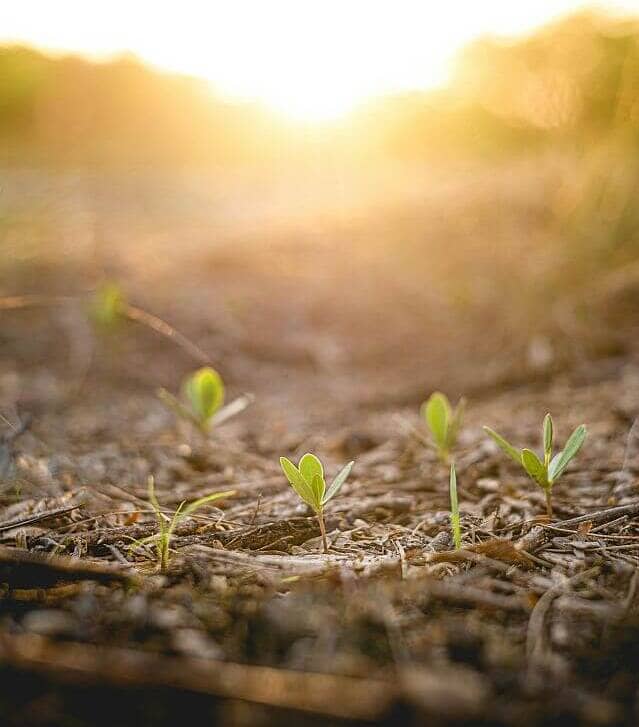
Soil, sunlight, and water requirements to grow broccoli
Broccoli thrives in well-draining, fertile soil rich in organic matter. It prefers slightly acidic to neutral soil with a pH between 6.0 and 7.0. If you don’t have a soil pH meter, you can pick up an inexpensive unit at Amazon.com.
Adding compost or aged manure to the soil before planting will help create the ideal environment for growth.
Sunlight is another key factor. Broccoli needs full sun, meaning at least six hours of direct sunlight daily. If the plants don’t receive enough sunlight, they may become leggy and produce smaller heads.
As for water, broccoli requires consistent moisture to thrive. The soil should be kept evenly moist but not waterlogged. Aim for about 1 to 1.5 inches of water per week, either from rainfall or manual watering.
Mulching around the plants can help retain moisture and prevent weeds from competing with your broccoli for nutrients.
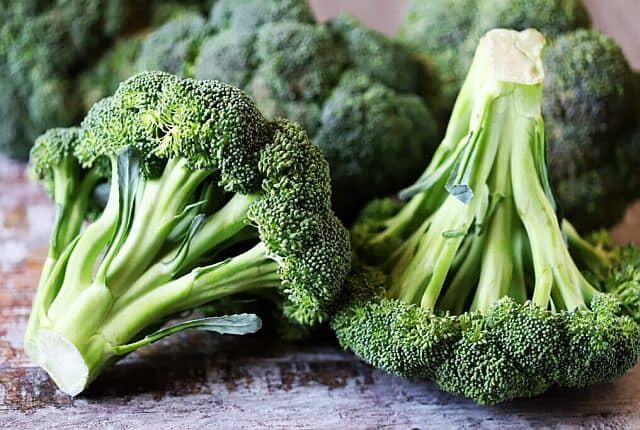
When to plant broccoli seeds
The best time to plant broccoli seeds depends on your USDA hardiness zone. If you’re unsure, enter your ZIP Code into our handy zone finder.
Generally, broccoli is a cool-weather crop, so it’s ideal to plant seeds in late summer for a fall harvest or in early spring for a summer harvest.
In colder zones (USDA zones 3-6), it’s best to start seeds indoors about 6 to 8 weeks before the last expected frost date. In milder climates (USDA zones 7-10), you can plant seeds directly outdoors in late summer for a fall harvest or start seeds indoors in late winter for an early spring planting.
Broccoli seeds need a soil temperature of 60°F to 70°F for optimal germination. If you’re transplanting starts, wait until the soil temperature is consistently around 50°F, and daytime temperatures are between 60°F and 65°F.

Should broccoli seeds be planted indoors or outdoors?
Broccoli seeds can be started indoors or directly sown outdoors, depending on your climate and growing season. In areas with a shorter growing season or cooler spring temperatures, starting seeds indoors allows for a head start. Transplant the seedlings outdoors once they have two to four true leaves, usually after four to six weeks.
In regions with milder climates, you can sow seeds directly outdoors in well-prepared soil. If you choose to plant seeds directly in the garden, ensure the soil temperature is warm enough for good germination. You’ll also want to monitor the weather closely, as broccoli is sensitive to both extreme cold and heat.

How to plant broccoli seeds
To plant broccoli seeds, dig shallow holes about ¼ to ½ inch deep. Space the seeds about 3 inches apart to give them room to grow initially. Once the seedlings are around 2 to 3 inches tall, thin them out to one plant every 12 to 18 inches, depending on the variety.
Rows should be spaced about 24 to 36 inches apart to allow for adequate airflow and room for the plants to develop their heads.
If you’re transplanting seedlings, place them in holes about the same depth as their root ball, keeping them 12 to 18 inches apart. Ensure the base of the plant is level with the soil surface.
Fertilizing broccoli
Broccoli is a heavy feeder, which means it needs consistent nutrients to grow well. For the best results, you’ll want to amend your soil before planting with a 3:1:2 or similar ratio (such as 9-3-6) works well. This provides more nitrogen for leafy growth and adequate phosphorus and potassium for overall plant health.
The first fertilization should happen about three weeks after transplanting or when the plants are around six inches tall.
Afterward, fertilize the broccoli every three to four weeks.

Common pests to watch out for
Broccoli is prone to several pests, but with a little vigilance, you can manage these without too much trouble. One of the most common broccoli pests is the cabbage worm, which chews holes in the leaves and heads. You may also encounter the cabbage looper, aphids, flea beetles, and cutworms.
Learn more about the cabbage looper by checking out How to Kill the Cabbage Looper.
To manage pests organically, you can use insecticidal soap for aphids or floating row covers to keep moths from laying eggs on the plants. Hand-picking worms and beetles can also be effective.
Regularly inspecting your plants and removing pests before they become a larger issue is key to keeping them healthy.
Diseases that affect broccoli
Broccoli can be affected by several diseases, especially in wet or humid conditions. Some common diseases include downy mildew, black rot and clubroot.
Downy mildew appears as yellow spots on the leaves, while black rot causes dark, sunken lesions. Clubroot, a soil-borne disease, causes stunted growth and wilting.
To prevent disease, rotate crops annually and avoid planting broccoli in the same spot where other brassicas (such as cabbage, kale, or cauliflower) have grown recently.
Ensuring proper air circulation between plants by spacing them correctly can also help prevent fungal diseases. Additionally, watering at the base of the plant rather than from above will keep the leaves dry and reduce the likelihood of fungal issues.

When to harvest broccoli
You’ll know your broccoli is ready to harvest when the heads are firm and tight, and the flower buds have not yet opened. Cut the head off at the stem with a sharp knife, leaving about 6 inches of the stem attached.
After harvesting the main head, many broccoli plants will continue to produce smaller side shoots, giving you multiple harvests throughout the growing season.
Is broccoli toxic to pets?
Broccoli is generally safe for pets in small amounts, but it contains isothiocyanates, which can cause stomach irritation if consumed in large quantities.
If you have dogs or cats that like to nibble on plants, it’s best to monitor their broccoli intake to avoid digestive issues. While small bites are typically harmless, large amounts could lead to gastrointestinal distress.
All set? I can already smell that amazing cream of broccoli soup!
